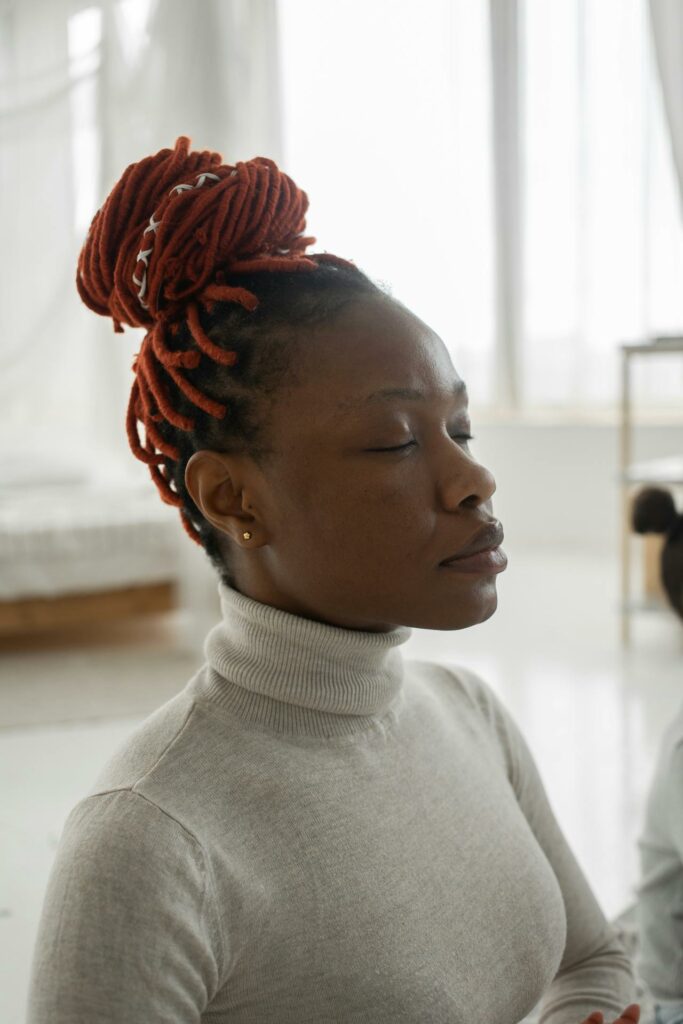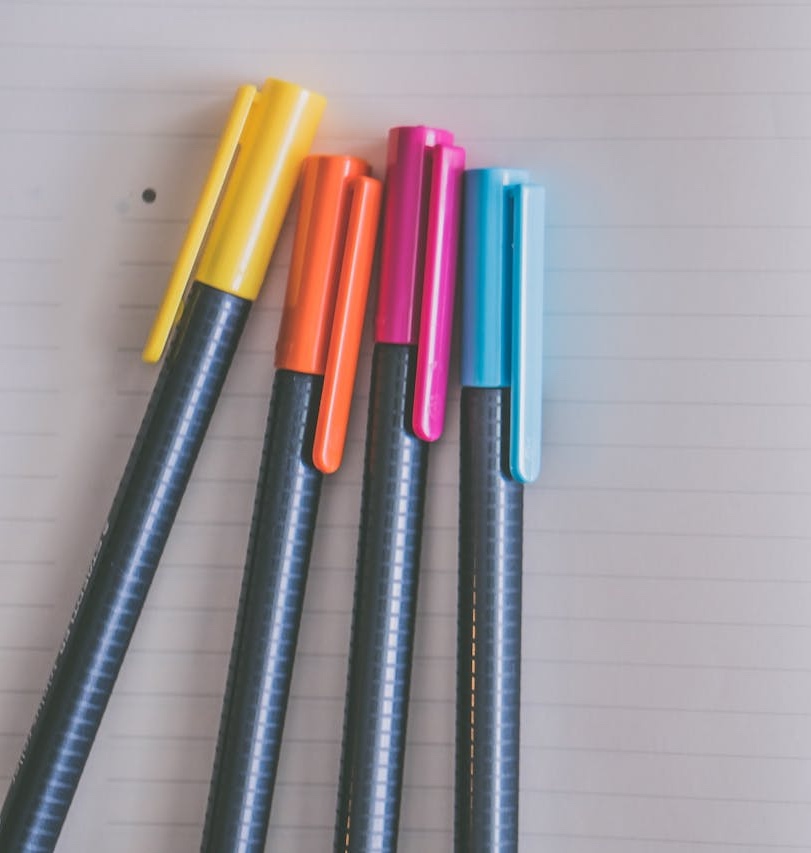May 30, 2023

Have you participated in a meeting or event lately where, instead of starting with an overview of the agenda, you started by taking breaths together? If you haven’t yet, you might soon.
Embodiment1 practices are increasing as a form of self-care and healing, and they can be helpful in supporting learning and facilitation. At Vermont Network, we’ve defined ‘embodiment’ as practices which welcome our whole selves (spiritual, mental, emotional, and physical) to our gatherings. We use embodied practices such as physical movement, meditative practices, and creative practices routinely as part of our learning and facilitation. This has helped to open pathways to deeper connection and engagement with ourselves and others in holistic ways that allow for more of our wisdom to come into good use.
You may be familiar with Global Learning Partners’ 3C Model. Using embodied practices can support both the facilitator and the learners to engage with themselves, others, AND the content they are considering.
Embodied practices can:
- Regulate the nervous system in preparation for, or after, challenging conversations or content. We know from the research of James Zull and Barbara Fredrickson that positive emotions are helpful for learning. When we move from a triggered or fear-based state to a more relaxed one, our learning brains come back to life.
- Bring our awareness to the present moment. Being present is challenging given all the distractions and multi-tasking our world asks of us. Using embodied practices can invite us to put down these demands for a short time and focus on the present and those we are with.
- Open more pathways to creative thinking and problem solving. As facilitators, this can help us find creative solutions to challenges that arise during our learning events or support learners prepare for or move through challenging content more effectively. Offering a tricky piece of content to learners? Try having them move or walk while they talk about it. You can even do this virtually by exchanging phone numbers.
- Connect. Engaging in embodied practices with others can help us feel connected and part of something together. This connection also supports our social change work. And if we feel a bit challenged by something new, we can laugh about it and support each other in the spirit of experimentation and curiosity.
So, what do these practices look like? In our organization, we’ve used multiple forms of embodiment including:

- Physical practices such as breathing together, Tai Chi, emotional freedom tapping techniques including grounding and bilateral stimulation such as this butterfly hug, and brief collective rest.
- Creative practices such as journaling, drawing, and collage.
- Meditative and observational practices such as guided mediations, quiet walks, or observing nature.
Tips for success:
- Make sure your practices are optional and alternatives are available. You may feel very comfortable with the invitation, but this may not be true for everyone for a variety of reasons. It’s important to be accessible and accommodating, letting people make choices based on their interests and abilities.
- Clarify the purpose of the practice. Set the purpose without setting perfection or performance as the goal. You can say something like, “We are drawing to wake up our creativity for the problem-solving we’ll engage in later. The result is not important.”
- Start simply and consider the culture of your audience. For example, if you are working with a group of artists, they might appreciate a deeper creative practice than a room of professionals who have never used embodied practices. We have found it helpful to ask about use of embodied practices in a pre-event survey or conversations and consider principles of safety and respect when choosing what might be effective.
- Model the practice. By participating you are helping participants know what to do and communicating that you also see the value in this practice.
Embodied practices offer us more tools to create grounded and centered learning spaces that invite our whole selves into the room. By bringing more of ourselves to our learning spaces the potential for authentic engagement and connection grows. We invite you to take a deep breath and try it out!
How have you used embodied practices in your facilitation?
Anne Smith is the Director of Training and Leadership Development at the Vermont Network and a certified Dialogue Education Teacher.
Kelli Prescott is the Director of Advocacy and Healing at the Vermont Network. Kelli works with advocates, survivors, and systems folks in pursuit of healing and building communities of care.
Below are resources on this topic you may find helpful:
- Embodiment Philosophy and Theory
- Drawing as an Embodied Practice: Neurographic Art
- What Art Does for Your Brain
- Train Your Brain to Be More Creative
- The Roots of Creativity Found in the Brain
As well, here are a few related GLP resources:
- An Approach that Invites Connections
- Enliven Zoom with the Sound of Music
- Harnessing the Unexpected through Silence
- Our Bodies Need Attention!
- Starting with the Heart: A Warm-up to Consider
- Some also use the term “somatic” – at GLP we think of it as using the mind-body connection to maximize learning. ↩︎



